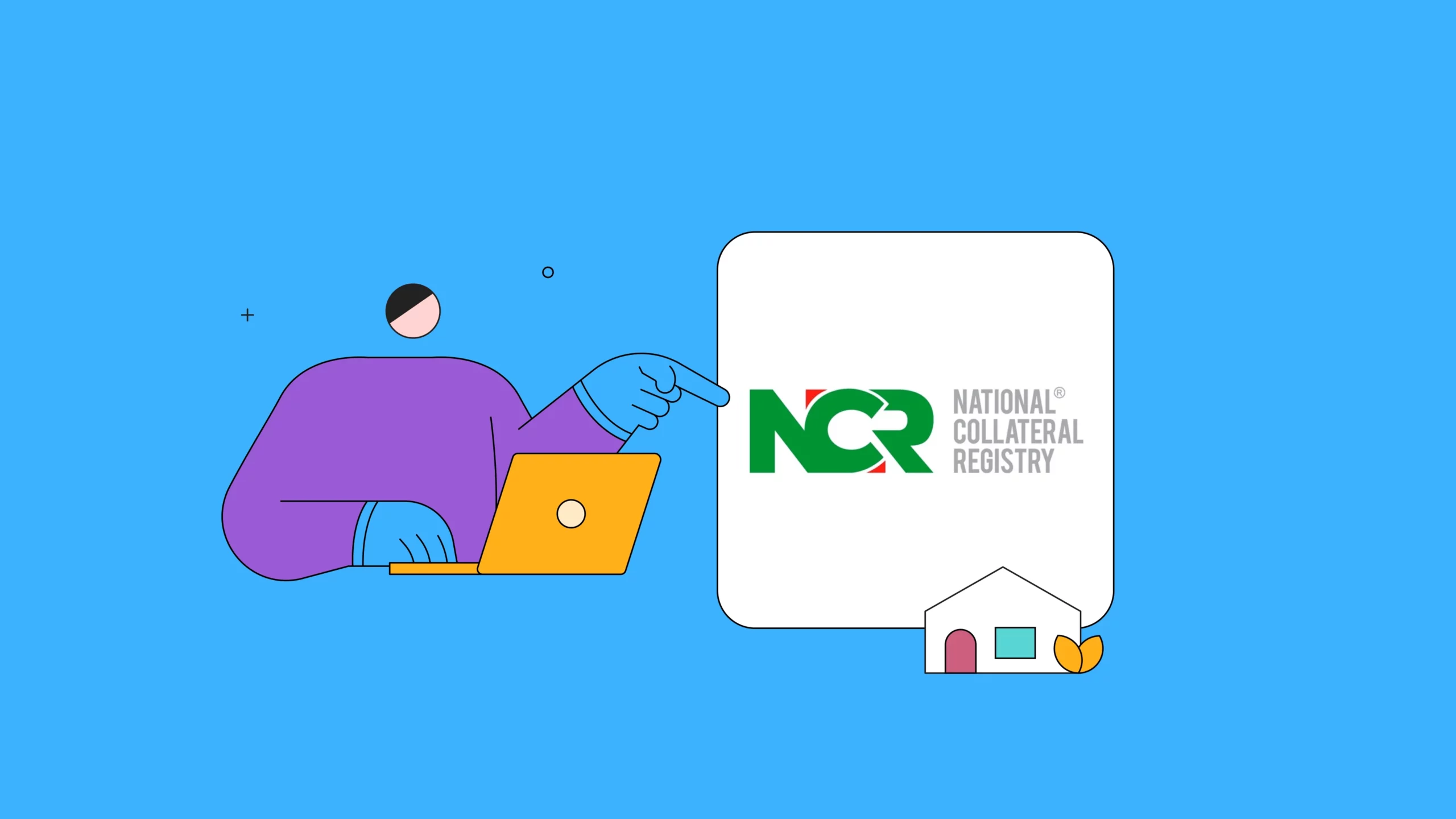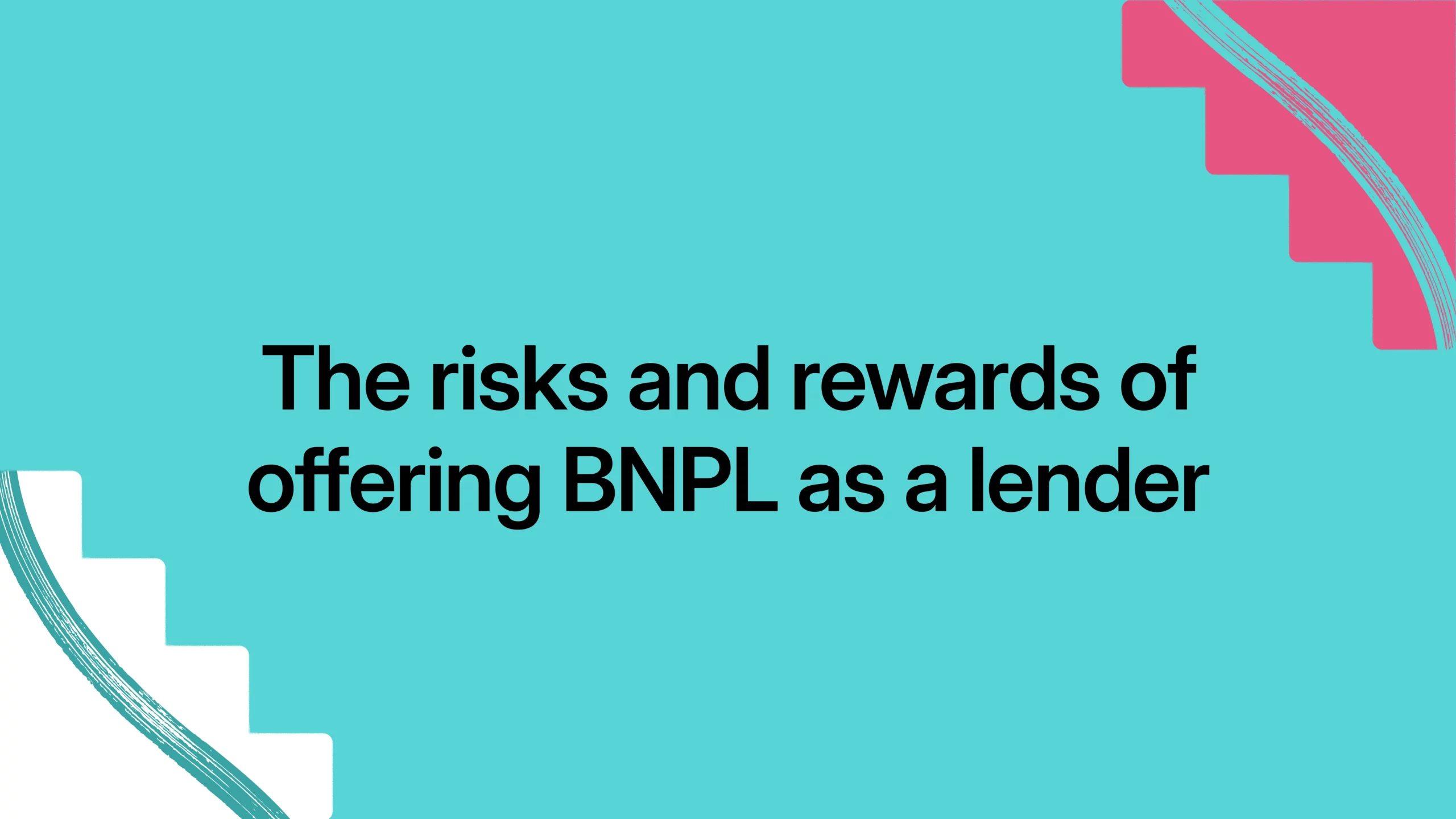Scaling lending: Leveraging Lendsqr’s loan invite for wider reach
As lenders look to expand their customer base and reach new potential borrowers, Lendsqr's loan invite method has provided an effective way.
A state of emergency! Without student loans, Nigeria has no future
Student loans are the bridge between potential and success in many parts of the world. Yet the cost of acquiring education has become increasingly prohibitive for many Nigerian families.
The risks and rewards of offering BNPL as a lender
Buy Now Pay Later has become one of the fastest-growing credit products, and lenders everywhere understand why.



